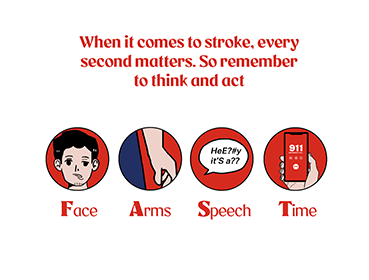Understanding the common cancer terms
Crash course on cancer terminology used for descriptions, diagnosis, treatments and outcomes
Partner content: Content has been reproduced with the permission of, and is wholly owned by, Parkway Cancer Centre. Great Eastern does not own or claim to own any rights to the content shared.
When you or someone you know has been diagnosed with cancer, you may encounter complex medical terms that can be confusing. Whether you are a patient, caregiver or family member, understanding common cancer terms can empower you to take charge of your health and support your healthcare decision-making process. Here are some common cancer terms1, explained by Dr Wong Siew Wei, Senior Consultant, Medical Oncology at Parkway Cancer Centre:
The definitions above are meant to be used as general references to help you better understand cancer health. As such, they are not fully comprehensive, and are not intended for use to diagnose or treat medical conditions. If you or someone you know require medical assistance, please seek help from a doctor.
1 NCI Dictionary of Cancer Terms
Early health screening is important to detect any abnormality. Make sure you are also covered with a critical illness plan to be prepared for life’s uncertainties.
Let us match you with a qualified financial representative
Our financial representative will answer any questions you may have about our products and planning.








